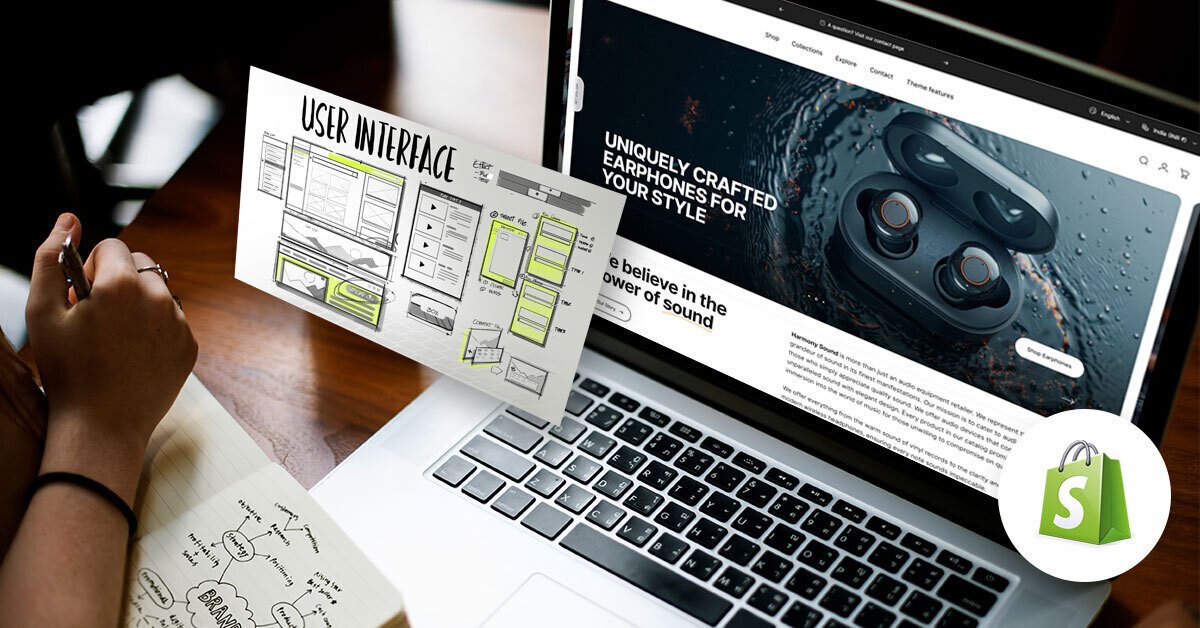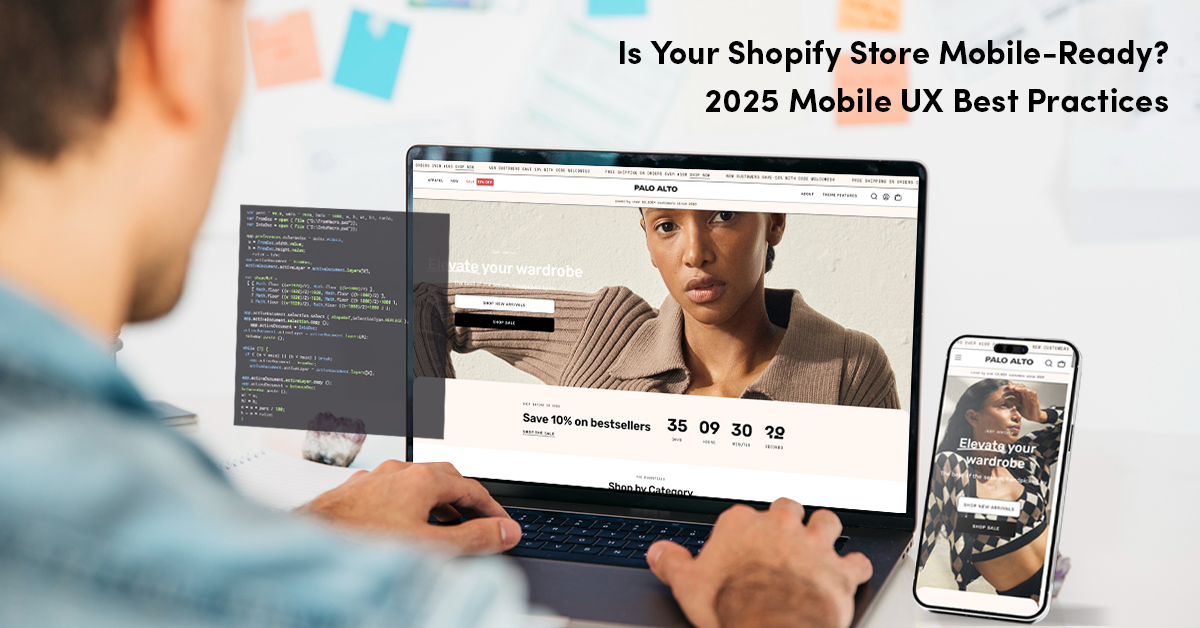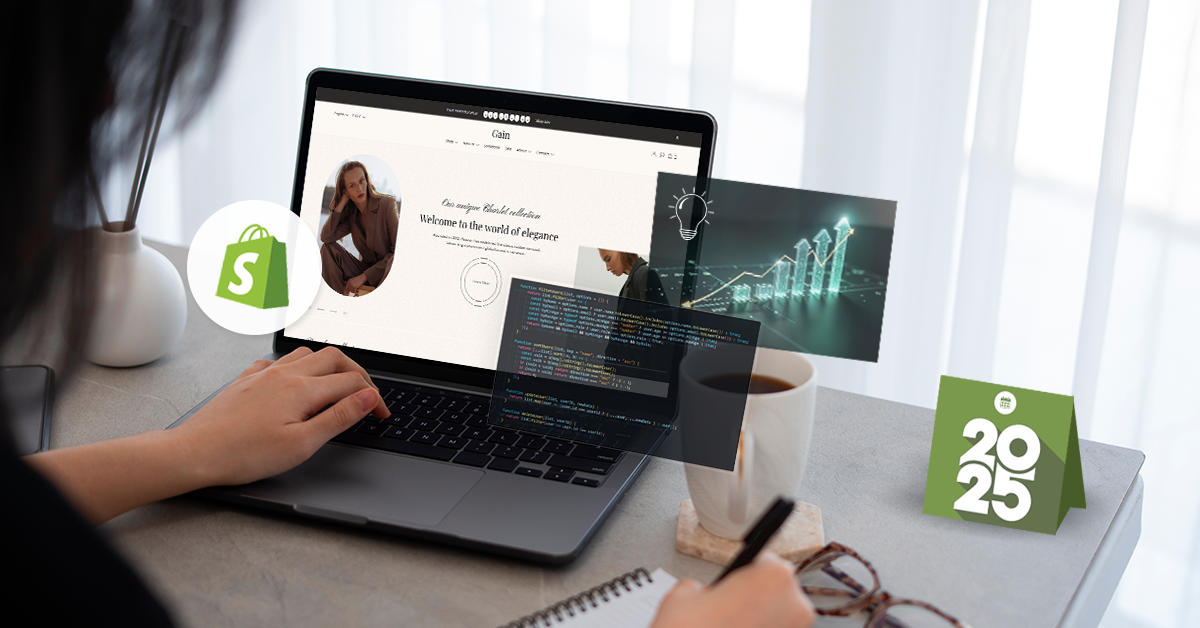The internet has made everything available at the fingertips, including shopping. In recent years, there has been a significant shift in customers’ buying behavior. The conversion of your visitors doesn’t just depend on your product & reviews, but also on the user experience, especially on how fast your website loads. Shopify speed optimization is crucial for engaging and boosting your conversions.
Customers dislike slow websites. The worst part? Almost 12% of unsatisfied customers are likely to tell their friends when a website performs poorly (source). So, your sales and brand reputation both will take a blow due to a slow website.
Shopify store optimization provides a competitive advantage in today’s market. But what is speed optimization exactly? How does it affect your sales and conversion, and what can you do to optimize your store’s speed? We will answer all of these in this blog. So read till the end!
What is Shopify speed optimization?
Shopify speed optimization refers to optimizing your website pages to improve their loading speed. The loading speed performance has a direct impact on your website traffic, bounce rate, and conversions. The loading speed in a Shopify store is measured as the Shopify Speed Score.
The following are the five metrics Shopify uses to create a Shopify Speed Score:
- First Contentful Paint (FCP) renders the file to indicate that the site is loading for the user
- Largest Contentful Paint (LCP) is when the user can see the main file of the webpage
- Speed index measures how fast the content is visible to the user
- Total Blocking Time (TBT) calculates how much time a page is blocked from responding to the user
- Cumulative Layout Shift (CLS) records unexpected layout shits on the webpage
According to a survey, it was found that 70% of respondents agree that the e-commerce website’s page loading speed affects their willingness to buy from it. So, fast loading speed isn’t an option; it’s a necessity if you want to become the top seller in your category. The loading speed isn’t just related to the product page; it encompasses all steps, from opening your website to completing the payment and confirming the order.
Let’s discuss the other benefits of optimizing your Shopify website.
Why do you need to optimize your Shopify store’s speed?
When you optimize Shopify speed, you can impress both your customers and search engines. The following are a few reasons why you should be focusing on analyzing and optimizing website speed.
Engage the visitors
You can have the best UX that engages the user and even converts them. However, it will all be useless because 53% of users leave the site when it takes more than 3 seconds to load (source). Therefore, the first few seconds after the user clicks your link are critical. Any delay will result in the user never coming back. All the pages on your website, whether it’s the home page, product page, or checkout page, need to be optimized to load faster.
Boost conversion rate
It’s no secret that most businesses lose customers during the checkout process. A study has found an inverse relation (-0.26) between site loading speed and conversion (source). This indicates that the less time your website takes to load, the better is your conversion rate. So, optimize your webiste for better sales.
Reduce the bounce rate.
Bounce rate refers to the percentage of users who click back out of your website without engaging in any interaction. A slow-loading website significantly increases the bounce rate. It directly affects your sales and brand image. Therefore, Shopify speed optimization is essential. According to research, improving your loading speed by one second can decrease the website bounce rate by 12% (source). Speed optimization not only improves your sales but also reduces your losses.
Improve SEO ranking
Core web vitals are critical factors that influence your website’s ranking on the search engine results page. Loading performance is one of the most essential core web vitals. Google uses the Largest Contentful Paint (LCP) metric to determine the website’s loading performance. Ideally, the LCP should appear 2.5 seconds after the website starts loading (source).
So, if you want your website to be loved by your visitors and the search engine bots, you need Shopify store optimization services to create optimized Shopify store!
What is the cause of a slow website?
We are aware of the benefits of a fast-loading website. But why does the website’s loading speed slow down? The following are a few reasons why your website might be slowing down:
- Large and uncompressed media files of images & videos take longer to load
- Complex and outdated Shopify themes affect the loading speed
- Unnecessary apps and third-party integration often overload the server and cause loading delays
- Render-blocking resources cause a delay in website page loading
How to increase Shopify’s website speed?
The following are a few techniques to help you improve the website’s loading speed.
Use website speed audit tools:
The first step to improving the loading performance is to identify the cause and the improvement area. Website speed analysis tools, such as Google PageSpeed Insights (PSI), GTMetrix, and Shopify Analysis tools, help you track your loading performance for further analysis. Regularly check your Shopify store’s speed and create an improvement strategy.
Choose a fast-loading theme.
The Shopify theme is the most critical factor affecting the loading speed. Select a high-conversion theme that includes only the necessary sections and pages. Optimize the theme’s features and media files, and enable lazy loading to enhance loading speed. Hopiant can help you find the best theme based on your business and e-commerce goals.
Compress your media files.
Compress your media files, such as images, videos, and animations. These files are often large and take longer to load. Compressing them can reduce the time, and lazy loading can further improve the loading performance.
It is also advisable to limit the use of videos and animations, as they take the longest to load. You can even skip adding these types of files because 56.6% of users would rather have a fast-loading website than have an animation in the design (source).
Compress website files
Compress the website text files, such as HTML, CSS, and JavaScript, or reduce code with refactoring to speed up the loading.
Monitor your apps
The apps in your app might cause the day. So, analyze your apps and third-party integrations and remove the unnecessary ones.
Minify your code
Minifying the code removes unnecessary characters from HTML, CSS, and JavaScript to improve loading speed without affecting UI/UX or website functionality.
Do you want to optimize your Shopify store’s loading performance?
From optimizing the code and images to choosing the right theme and apps, you need to be attentive to improve your website’s loading speed. A Shopify store developer offering the Shopify speed optimization service can help you understand your loading performance and create a unique strategy to improve it. At Hopiant, we utilize industry-standard tools and practices to analyze and optimize your Shopify store’s loading performance, thereby enhancing user engagement, sales, and reducing the bounce rate.
Do you want to know what our e-commerce website’s loading performance is? Request a Free Speed Audit Now!
Conclusion
Loading speed is one of the key factors that can set you apart from your users and impact your SEO ranking. With 70% of users choosing a website that loads faster, it’s critical to ensure that your website loads within 3-4 seconds to maximize user retention and reduce bounce rate. You need to optimize your web pages, media files, checkout process, apps, integrations, code, caching, and more to improve loading speed. We can help you with Shopify speed optimization with our free speed audit and customized services. Contact us for more information!
FAQ
What is a good speed for a Shopify store?
A good Shopify store loading speed should be less than 3 seconds, and the Shopify Speed Score should be equal to or more than 70.
How often should I check my Shopify store’s speed?
There is no fixed time to check the speed score. However, you should pay close attention to user behaviour and bounce rate. You should perform the Shopify speed optimization after making significant changes to the website. You can also schedule a loading performance analysis every 3 – 6 months to keep track of performance. You can create a performance analysis with Hopiant to stay ahead of the competition.
What is Shopify CDN?
CDN stands for Content Delivery Network, which is used to deliver your website’s content globally over the internet. The Shopify CDN is a built-in network of Shopify that enables its users to expand into global markets.



